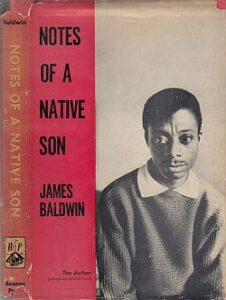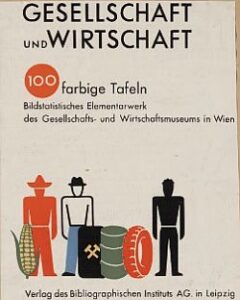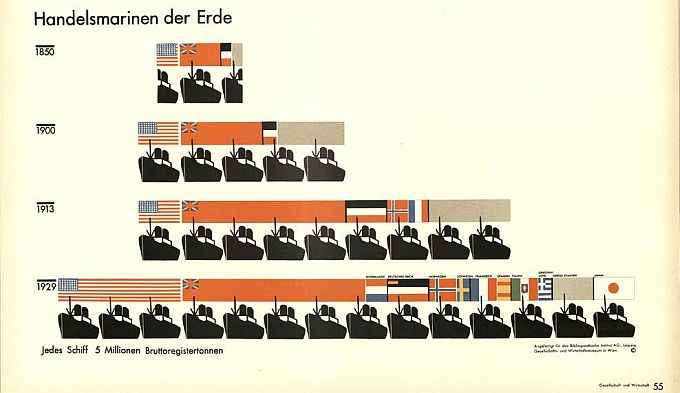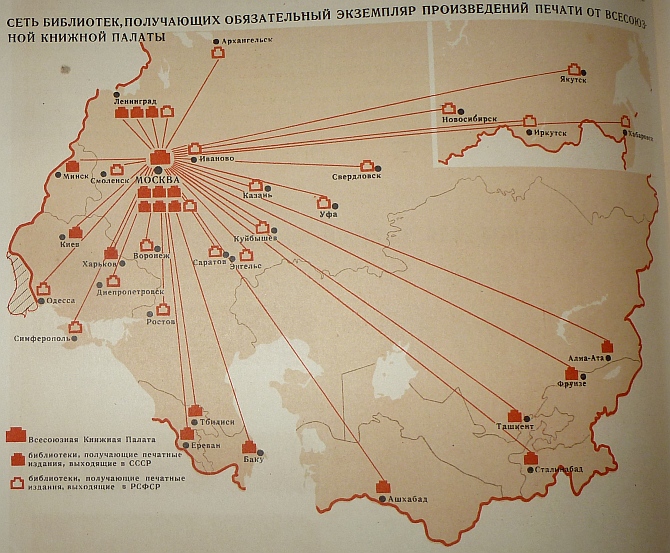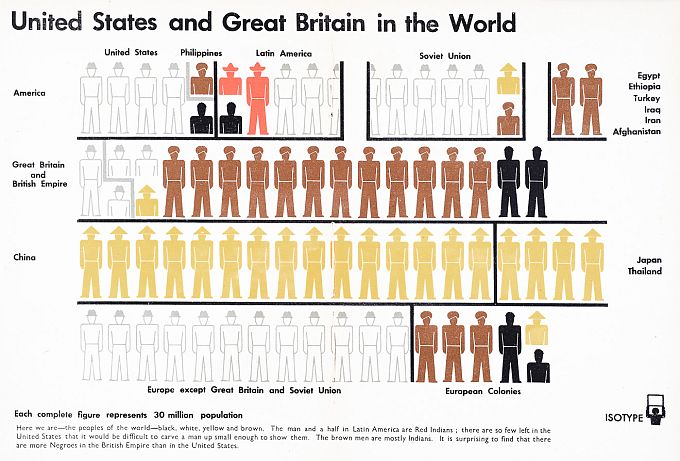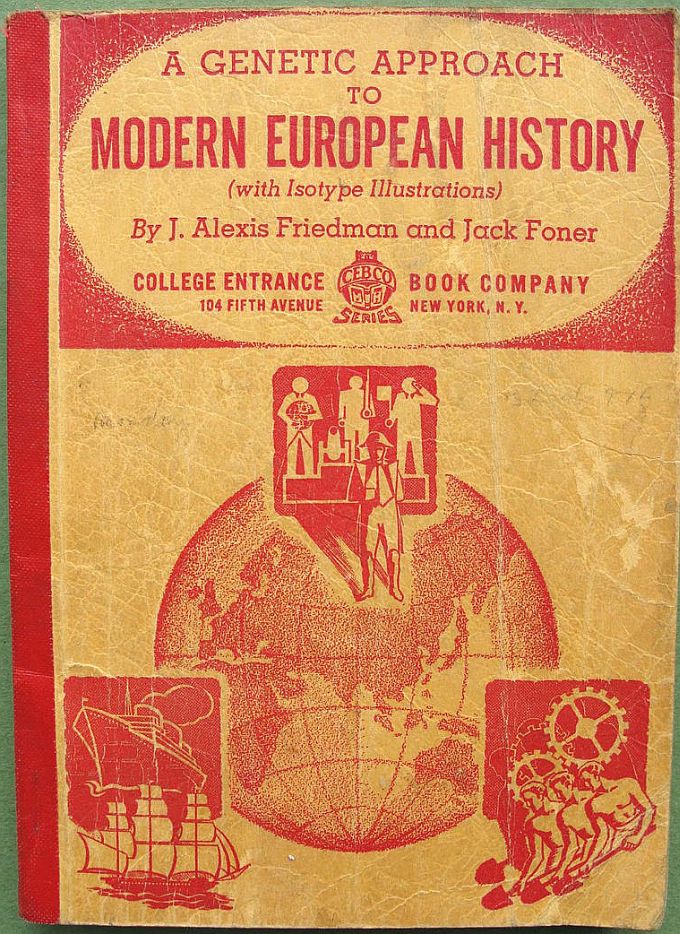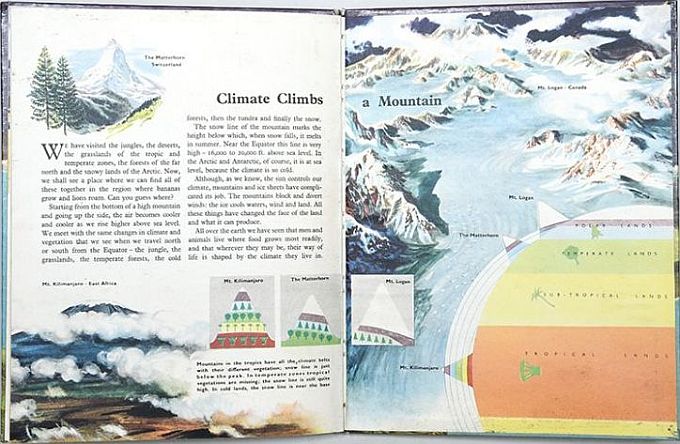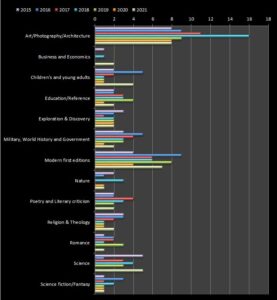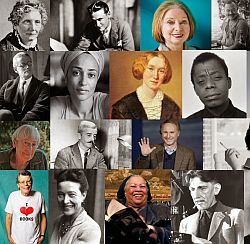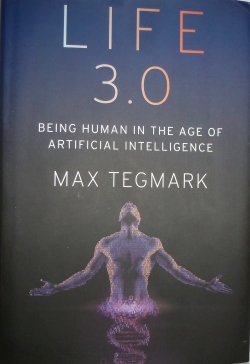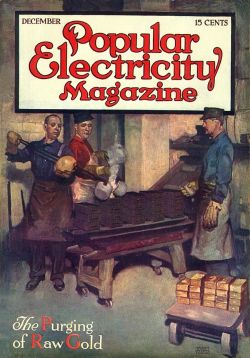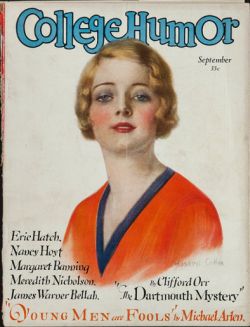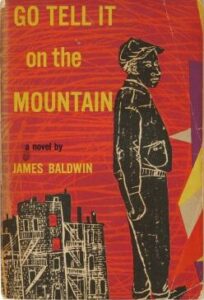 On the occasion of what would have been James Baldwin’s 100th birthday, let us assess the collectability factor of this brilliant author’s works: novels, essays, letters, plays and poems. Collectors often seek first printings of these works in their original books, magazine or journal publications, as well as signed copies or first editions of the collections in which they appeared. While a first edition of the author’s first novel, Go Tell it on the Mountain (1953), may be what every Baldwin collector would like to own, scarcity pushed the price above most collectors’ reach, with the average price around $10,000 in today’s market.
On the occasion of what would have been James Baldwin’s 100th birthday, let us assess the collectability factor of this brilliant author’s works: novels, essays, letters, plays and poems. Collectors often seek first printings of these works in their original books, magazine or journal publications, as well as signed copies or first editions of the collections in which they appeared. While a first edition of the author’s first novel, Go Tell it on the Mountain (1953), may be what every Baldwin collector would like to own, scarcity pushed the price above most collectors’ reach, with the average price around $10,000 in today’s market.
Past sales of this popular title are a good indicator, but not an absolute indicator of how collectors have valued Baldwin’s works this century. The following are some comparable sales recorded by our Rare Book Sale Monitor for his magnum opus, Go Tell It on the Mountain.
| 1. First edition, wraps, association copy, inscribed to Edward Parone. | |||||
| Date Sold | Channel | Condition | Sale Price | Inflation Adjusted | Seller |
| Dec 2023 | auction | good | $10,795 | $11,069 | Sotheby’s |
| Oct 2002 | auction | good | $7,170 | $12,439 | Christie’s |
| 2. Presentation copy of the first hardcover edition. | |||||
| Date Sold | Channel | Condition | Sale Price | Inflation Adjusted | Seller |
| Sep 2023 | auction | near fine | $12,165 | $12,432 | Christie’s UK |
| Jun 2012 | On-line | near fine | $6,500 | $8,909 | Abebooks |
| Jun 2007 | auction | near fine | $5,040 | $7,608 | Christie’s |
| 3. First edition. Hardcover. | |||||
| Date Sold | Channel | Condition | Sale Price | Inflation Adjusted | Seller |
| Mar 2024 | on-line | fine | $10,000 | $10,071 | Biblioctopus |
| Sep 2021 | auction | fine | $7,500 | $8,560 | Christie’s |
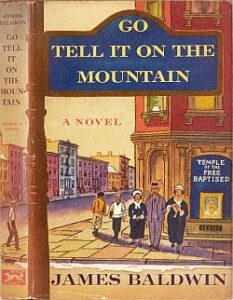 It is important to note that the title in the first group is the exact same copy, offered at different auctions, approximately 20 years apart. After adjusting the price to account for inflation, the price shows a slight drop in price. Auction results can fluctuate significantly from one event to the next due to competitive bidding dynamics which may lead to unexpected results. It is fair to consider the possibility that the condition of this book and the fragility of the wraps may have been a factor for the lack of collector interest 20 years later.
It is important to note that the title in the first group is the exact same copy, offered at different auctions, approximately 20 years apart. After adjusting the price to account for inflation, the price shows a slight drop in price. Auction results can fluctuate significantly from one event to the next due to competitive bidding dynamics which may lead to unexpected results. It is fair to consider the possibility that the condition of this book and the fragility of the wraps may have been a factor for the lack of collector interest 20 years later.
The hardcover, first printing groups paint a different picture. The dust-jacket replaced the art-work of the wraps (1st group), with a different design. Baldwin had, apparently, objected to a stereotypical depiction of African-Americans in the illustrations. This group with Baldwin’s signature shows a 40% increase after adjusting for inflation, over the last decade. The prior decade had a smaller gain of around 20%. The third group affirms the conclusion that Baldwin’s most collectible title has seen an accelerating increase in collectability in recent years.
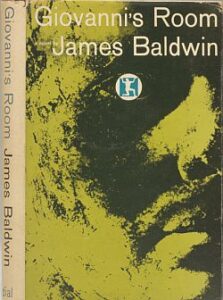 Collectors can still score some great value; however, in some of Baldwin’s other works. His second book for example, Giovanni’s Room, 1954, issued by The Dial Press, is also important because it brought Baldwin international acclaim for his open treatment of racial and sexual identity. The Atlantic named Giovanni’s Room one of the greatest American novels of the past century. First printings in near fine condition of this title, trade a little above $1,000.
Collectors can still score some great value; however, in some of Baldwin’s other works. His second book for example, Giovanni’s Room, 1954, issued by The Dial Press, is also important because it brought Baldwin international acclaim for his open treatment of racial and sexual identity. The Atlantic named Giovanni’s Room one of the greatest American novels of the past century. First printings in near fine condition of this title, trade a little above $1,000.
His 1955 essay collection, Notes of a Native Son, published by Beacon Press in Boston, helped establish his reputation as a voice for genuine love for humanity that not even the frustrations and sorrows of the post-civil-rights era could fully extinguish. First printings in near fine condition of this title, trade around $2,000. The essays first appeared in various magazine or journal publications, which have increasingly gotten scarce thanks to ephemera collectors. Their enduring relevance to our present culture, contributes to their desirability among collectors and scholars. This list of essays includes:
- “Everybody’s Protest Novel”. Partisan Review (June issue, 1949).
- “Many Thousands Gone”. Partisan Review (November-December, 1952).
- “Life Straight in De Eye” (later re-titled “Carmen Jones: The Dark Is Light Enough”). Commentary (January, 1955).
- “The Harlem Ghetto”. Commentary (winter, 1948)
- “Journey to Atlanta”. New Leader (Oct 9, 1948)
- “Me and My House” (later re-titled “Notes of a Native Son”). Harper’s Magazine (November, 1955)
- “The Negro in Paris” (later re-titled “Encounter on the Seine: Black Meets Brown”). Reporter (June, 1950).
- “A Question of Identity”. Partisan Review (July-August, 1954)
- “Equal in Paris”. Partisan Review (June, 1949)
- “Stranger in the Village”. Harper’s Magazine (October, 1953)
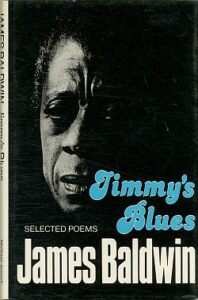 One of Baldwin’s last published works during his lifetime, sure to become a rarity, is Jimmy’s Blues (1983). The book was first published by Michael Joseph in London with limited printing. Unlike most of Baldwin’s well-known prose works, this is a collection of poetry, making it unique in his bibliography. Baldwin often talked about his rough coming of age in Harlem and how at 16, a 38 year old Harlem racketeer, fell in love with him. Young Baldwin was grateful to this man in his boyishly tormented way, because he was able to share his poetry with him; he had no one else in Harlem to show it to.
One of Baldwin’s last published works during his lifetime, sure to become a rarity, is Jimmy’s Blues (1983). The book was first published by Michael Joseph in London with limited printing. Unlike most of Baldwin’s well-known prose works, this is a collection of poetry, making it unique in his bibliography. Baldwin often talked about his rough coming of age in Harlem and how at 16, a 38 year old Harlem racketeer, fell in love with him. Young Baldwin was grateful to this man in his boyishly tormented way, because he was able to share his poetry with him; he had no one else in Harlem to show it to.
Centennial celebrations often lead to renewed interest in an author’s works. Universities and literary institutions organized conferences and symposia on his work. Media coverage, documentaries and articles about Baldwin are happening throughout 2024. Libraries and museums curate special exhibitions showcasing rare manuscripts, first editions, and personal items of the author. Such heightened attention can lead to increased prices for rare editions in auctions and private sales.
{ 0 comments }
